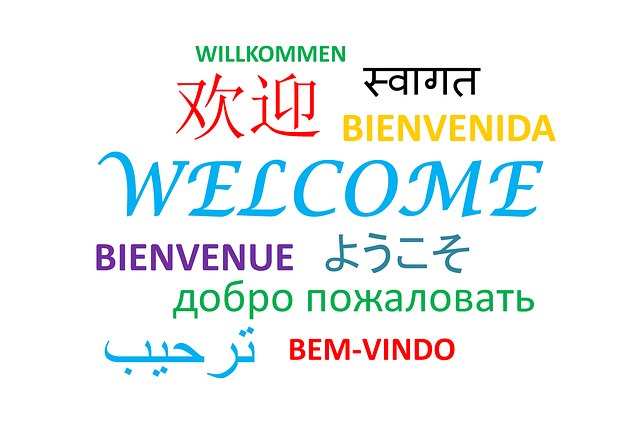Raising children in a bilingual home, parents often have questions around bilingualism such as: Will two languages confuse my child? Why is my toddler using words from both languages in the same sentence?
Research supports that from infancy, bilingual infants begin to distinguish two separate languages by the language’s acoustic features without confusion. Bilingual infants have the capability to attend to perceptual language features between the two languages such as differences in rhythm, tone, and prosody.
Mixing two languages in the same sentence: Oftentimes, code switching can be mistaken for confusion in young bilingual children. Code switching is when children mix or “borrow” words from two languages in the same sentence or utterance. Research supports that code switching is a component of typical development among bilingual children. When young children (bilingual and multilingual) are in the early language stages, they may be limited in their receptive/expressive language knowledge when faced with increased word retrieval demands from communication partners. For instance, if a monolingual child is attempting to retrieve the word “cat”, they have one receptive/expressive association in mind to retrieve the word. For a bilingual child, they have access to two representations for the same word. If a bilingual child is less familiar with the target term in one language and more familiar in the other language, they may code switch and retrieve the word in their second language. It is a common misconception this may be a sign of confusion, however; code switching is an excellent example of a bilingual child strategically utilizing their available resources they most easily have access to during the early stages of language development.
Article link
https://www.ncbi.nlm.nih.gov/pmc/articles/PMC6168212/
Get a Free Online Assessment
Looking for an expert opinion on your child's needs? Fill out a 3 minute questionnaire and receive a personal evaluation from our staff



